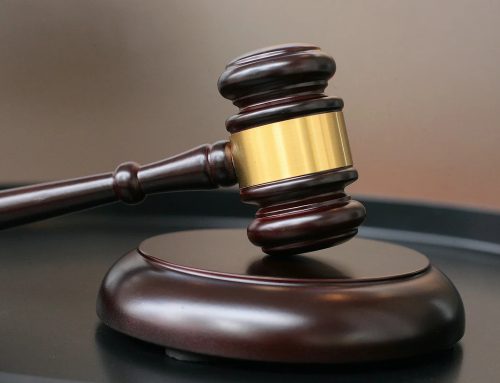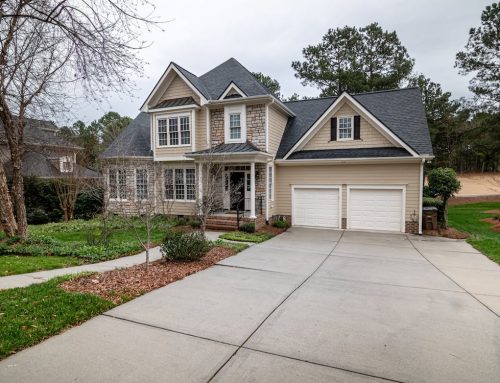
Your home should be a place where you feel safe and comfortable. Unfortunately, not all property owners take their maintenance and repair duties seriously, resulting in serious injuries to tenants and their guests. If you sustained an injury at your apartment complex, you may be able to sue the property owner under Ontario’s premises liability law. Consult a personal injury lawyer as soon as possible to find out more about your options.
What Is Premises Liability?

In Ontario, the Occupier’s Liability Act requires residents and property owners to ensure the safety of anyone who enters their properties. The law is designed to keep visitors safe from injuries and protect them against personal property damage. Under this law, a property owner is also required to warn tenants and guests about any hazardous conditions on the property.
The Occupier’s Liability Act is part of premises liability law, which states that property owners are legally liable for harm caused by unsafe conditions on their properties.
Examples of Hazardous Conditions
When apartment buildings aren’t maintained properly, they can develop a wide range of hazardous conditions. Hazards may also exist if a property owner is aware of an issue and doesn’t take reasonable steps to repair it in a timely manner. These are some of the hazards you may encounter at an Ontario apartment complex.
Damaged Flooring
Damaged flooring may seem like a minor issue, but it can cause serious injuries resulting in long-term consequences. Frayed carpet, loose floorboards, broken tiles and other issues increase the risk of tripping, which may lead to broken bones and other types of injuries. If you sustain an injury due to the presence of damaged flooring, the landlord may be liable for your medical expenses and other injury-related costs. Contact a slip-and-fall lawyer to find out more.
Inadequate Lighting
Inadequate lighting is one of the most common potential hazards. If you can’t see where you’re going, you have a much higher risk of falling or sustaining some other type of injury. Poor lighting often occurs due to a lack of light fixtures or poor building maintenance. Even if an apartment complex has plenty of lights, the property owner or property manager may not replace burned-out bulbs quickly, leaving you without enough light to navigate safely.
Broken Stairs
Broken stairs are another example of an unsafe condition that can lead to long-term disability. A stairway with missing steps, loose carpet, holes in the steps and other types of damage is a dangerous place to be, as it’s easy to trip and fall down a whole flight of stairs. Missing handrails are another concern associated with stairs. Without a handrail, it’s difficult to get up and down the stairs safely, increasing the risk of injury.
Unsafe Heating and Cooling Equipment
Apartment buildings have furnaces, water heaters and other equipment used for heating and cooling. If one of these items malfunctions and isn’t repaired quickly, it’s possible for a tenant or guest to sustain serious burns. A furnace or water heater may even explode or cause gas to leak into the apartment building, resulting in serious injuries or fatalities. In some cases, injuries occur because an air conditioner or other HVAC component wasn’t installed properly, causing it to fall on a tenant or one of their guests.
Types of Injuries Suffered
When an injury occurs, it can affect any part of the body, but some injuries are more common than others. Slip-and-fall accidents often result in sprains and broken bones. If you slip and fall from a great height, you may sustain a much more serious injury, such as a traumatic brain injury or spinal cord injury.
Even if the injury suffered seems minor, it’s important for the injured person to contact personal injury lawyers as soon as possible. What seems minor now may cause lasting complications, leaving you with ongoing medical expenses or interfering with your ability to perform your job duties.
Filing a Personal Injury Claim

In personal injury cases, you have just 2 years to file a lawsuit against the person responsible for an injury. Premises liability claims are a little different. Under Ontario’s Limitations Act, only court proceedings are subject to this 2-year limit. If you’re injured due to a defect in the premises of your apartment building, or due to your landlord’s failure to provide an adequate warning of a hazard, your case will go before the Landlord and Tenant Board (LTB). The LTB is considered an administrative tribunal, not a court, so the 2-year limit doesn’t apply.
If you plan to file a personal injury claim, the best way to help your case is by thoroughly documenting the injuries sustained and the hazardous conditions that created the situation . Take pictures of the dangerous conditions, keep copies of all medical bills resulting from the injury and make sure you have the names and addresses of anyone who witnessed the accident.
It’s especially helpful if you have emails or telephone messages demonstrating that your landlord was aware of the hazard and didn’t take appropriate steps to correct it. If you emailed your landlord three times about the same issue, for example, give your personal injury lawyer a copy of each message.
Consult an Experienced Personal Injury Lawyer
Are you or a loved one having to navigate personal injury claims? You don’t have to do it alone. At Wynperle Law, our personal injury lawyers have extensive experience handling personal injury cases of all types. We understand that personal injuries can be overwhelming and confusing. That’s why we will provide timely, compassionate services–to help make sure you receive the compensation you deserve.
Contact us today to set up a free consultation with an experienced personal injury lawyer.





